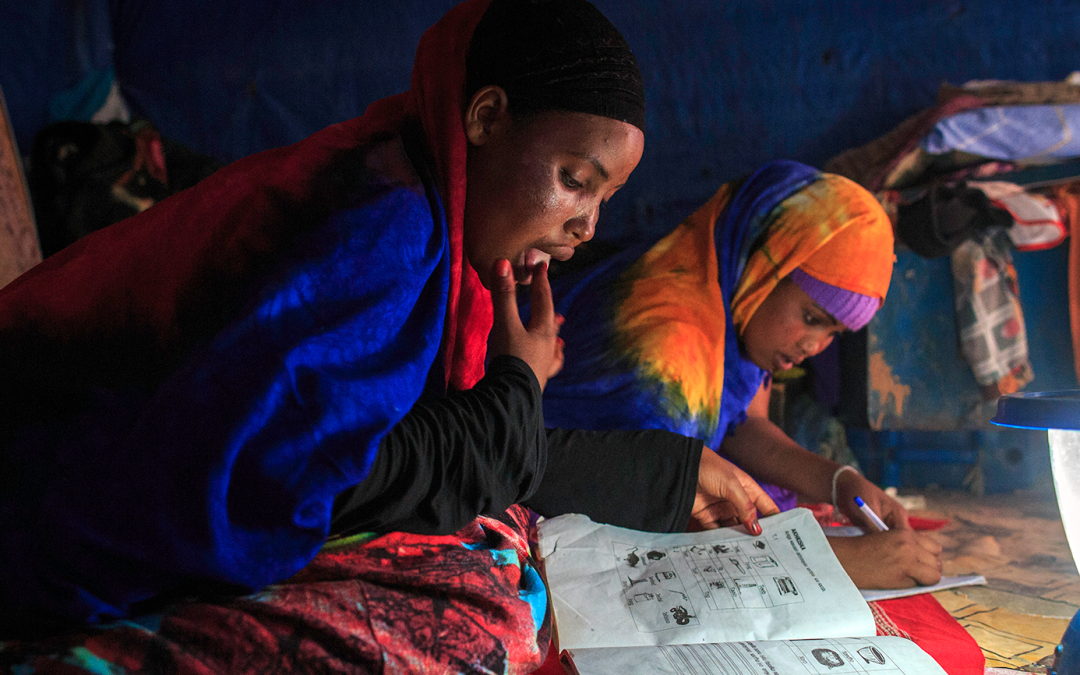This is an excerpt from UNHCR’s recently released report: Innovation at UNHCR 2014. This report highlights and showcases some of the innovative approaches the organization is taking to address complex refugee challenges.
Conversations on the need for Labs often begin around projects that look at very specific core competencies, sometimes with partner organizations with whom there is already established contact. Many times, there have been suggestions for new Labs that could focus on data visualization, 3-D printing, or policy, for example. Setting up the Self-Reliance Lab was pretty much like this.
The Lab was absorbed into the co-owning Division, a handover took place, and a transition was planned. Nevertheless, the Lab is no longer operational in the way that it once was. This is neither good nor bad, but more perplexing. The projects continued to run, which is ultimately a good thing, but why did the Lab cease to function in its original incarnation?
In thinking through this and other examples, we’ve outlined some key recommendations for setting up and transitioning Innovation Labs:
- Labs should not be run from remote locations from the onset. Unlike other Labs, the Self-Reliance Lab was managed from Thailand, away from the Innovation Unit and the co-owning Division in Geneva.
- It is crucial to effectively manage partners who engage directly with the Lab, its projects, and staff. Expectations need to align with the strategies of co-owning Divisions.
- Labs should be transitioned when they have reached a certain maturity and if there is an ongoing need to innovate in this area. The decision to transition a Lab should be made once the Lab passes certain milestones, or matches certain criteria.
- When transitioning a Lab, it is important to maintain comprehensive communications and engagement activities with the co-owning Division.
- UNHCR Innovation must extend its full support equally across Labs. In comparison with the other Innovation Labs, The Self-Reliance Lab did not receive the same level of support from UNHCR Innovation.
- The need for the Lab should emerge from the respective Division and not UNHCR Innovation.
Even where Labs no longer exist, projects will still exist in one form or another. Labs may fall into the trap of focusing on managing projects from the onset, rather than focusing on ideas and developing those ideas using an innovation methodology. In that respect, Labs can serve as catalysts in bringing new projects into UNHCR. However, at the same time, they could miss the opportunity to become a safe space to experiment in collaboration with other Pillars and Labs. This may also mean that innovation methodologies won’t be fully absorbed into co-owning Divisions.
We’re always looking for great stories, ideas, and opinions on innovations that are led by or create impact for refugees. If you have one to share with us send us an email at [email protected]
If you’d like to repost this article on your website, please see our reposting policy.
Photo credit: Jiro Ose/UN Foundation

